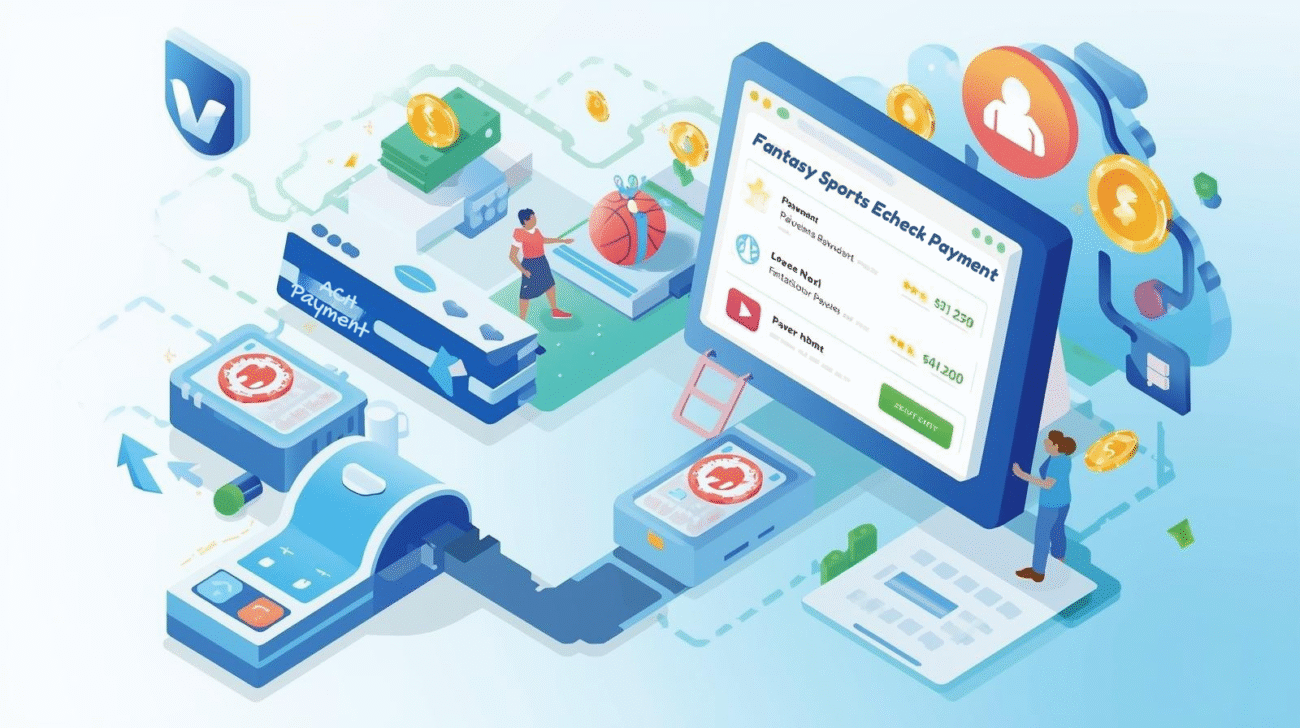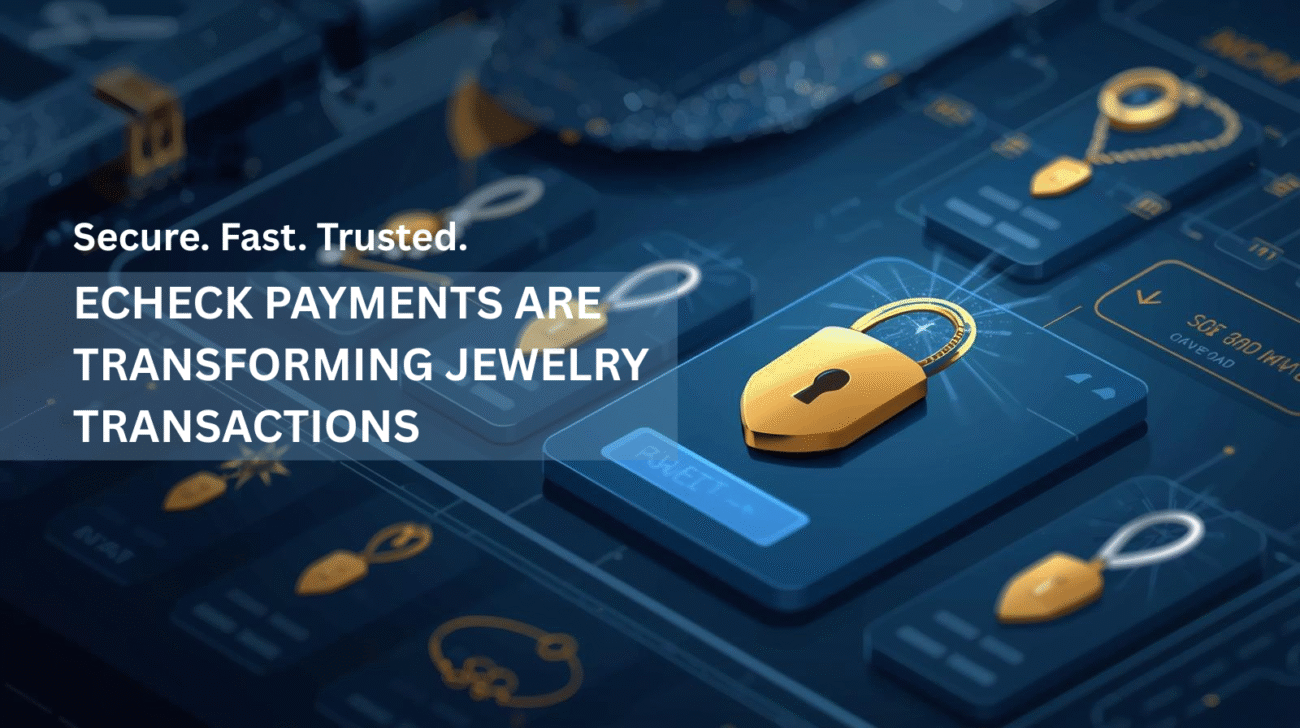In the ever-evolving landscape of finance, the emergence of real-time payments represents a revolutionary shift, particularly in the B2B sector. This blog explores the transformative impact of real-time payments, dissecting the key drivers behind their rise and delving into the profound changes they bring to the B2B financial ecosystem.
The Rise of Real-Time eCheck Payments:
Real-time eCheck payments, characterized by instantaneous and irrevocable fund transfers, have gained prominence as technology continues to redefine financial transactions. Traditionally, B2B payments involved delays, manual processes, and the uncertainty of waiting for funds to clear. Real-time payments, however, introduce a paradigm shift by providing swift, secure, and efficient financial transactions that align with the pace of modern business.
Key Drivers Behind the Rise:
- Technological Advancements:
The catalyst for the rise of real-time payments lies in technological advancements. With the advent of modern payment infrastructures, including Faster Payments, Immediate Payment Systems, and blockchain-based solutions, financial institutions now have the tools to facilitate instant fund transfers. These technologies eliminate the need for traditional batch processing, enabling payments to occur in real time.
- Customer Demand for Speed and Efficiency:
In the digital age, businesses operate at an accelerated pace, and waiting for days for a payment to clear is no longer acceptable. Real-time payments meet the demand for speed and efficiency, providing businesses with the ability to access funds immediately. This aligns with the broader trend of instant gratification that characterizes modern consumer and business expectations.
- Globalization and Cross-Border Transactions:
As businesses expand globally, the need for swift cross-border transactions becomes paramount. Real-time payment systems transcend geographical boundaries, offering a seamless solution for international B2B transactions. This global connectivity enhances business agility, allowing organizations to engage in real-time commerce irrespective of their physical locations.
Transformation of the B2B Landscape:
- Cash Flow Optimization:
Real-time payments have a profound impact on cash flow management for B2B entities. The ability to receive payments instantly enhances liquidity, allowing businesses to meet financial obligations, invest in growth opportunities, and navigate economic uncertainties more effectively. Real-time cash flow insights empower businesses with the agility to make strategic decisions promptly.
- Reduction in Transaction Costs:
Traditional payment methods often incur transaction fees, especially in cross-border transactions involving intermediary banks. Real-time payments streamline the process, reducing the need for intermediaries and minimizing transaction costs. This cost-efficiency contributes to increased profit margins for businesses engaging in B2B transactions.
- Enhanced Working Capital Management:
Real-time payments provide businesses with greater control over their working capital. The immediate availability of funds allows organizations to optimize their working capital cycles, reducing the need for extensive credit terms and improving overall financial efficiency. This enhanced working capital management is particularly beneficial for businesses with seasonal or cyclical cash flow patterns.
- Mitigation of Payment Risks:
The instantaneous nature of real-time payments mitigates payment risks associated with delays and uncertainties. Businesses no longer face the risk of non-payment due to extended clearing times or payment disputes. This increased certainty in payment timelines contributes to a more stable and secure financial environment for B2B transactions.
- Facilitation of Dynamic Business Models:
Real-time payments pave the way for dynamic and flexible business models. Subscription-based services, pay-per-use models, and other innovative pricing structures become more viable when payments can be processed instantly. This flexibility enables businesses to adapt to evolving market demands and experiment with new revenue streams.
Case Study: Real-Time Payments in Action
Let’s examine a real-world example to illustrate the impact of real-time payments:
ABC Manufacturing, a global supplier of industrial components, implemented a real-time payment system. The results were remarkable:
- Payment processing times reduced from several days to mere seconds, expediting order fulfillment and improving customer satisfaction.
- Working capital cycles were optimized, allowing ABC Manufacturing to negotiate more favorable terms with suppliers and strengthen vendor relationships.
- The reduction in transaction costs contributed to a 15% increase in profit margins, enhancing the overall financial health of the business.
- Real-time payments facilitated the introduction of a dynamic pricing model, allowing ABC Manufacturing to offer personalized pricing options to its clients.
Conclusion: Embracing the Future of B2B Finance
The rise of real-time payments marks a pivotal moment in the evolution of B2B finance. As businesses increasingly prioritize speed, efficiency, and flexibility, real-time payments emerge as a catalyst for transformative change. The benefits extend beyond mere transactional speed, influencing cash flow optimization, cost reduction, working capital management, risk mitigation, and the facilitation of innovative business models.
As the finance revolution unfolds, businesses that embrace real-time payments position themselves at the forefront of a dynamic and interconnected B2B landscape. The ability to transact in real time not only meets the demands of modern commerce but also unlocks new possibilities for growth and resilience in an ever-changing business environment. Embrace the future of B2B finance with real-time payments, and propel your business into a realm of unprecedented efficiency and agility.














